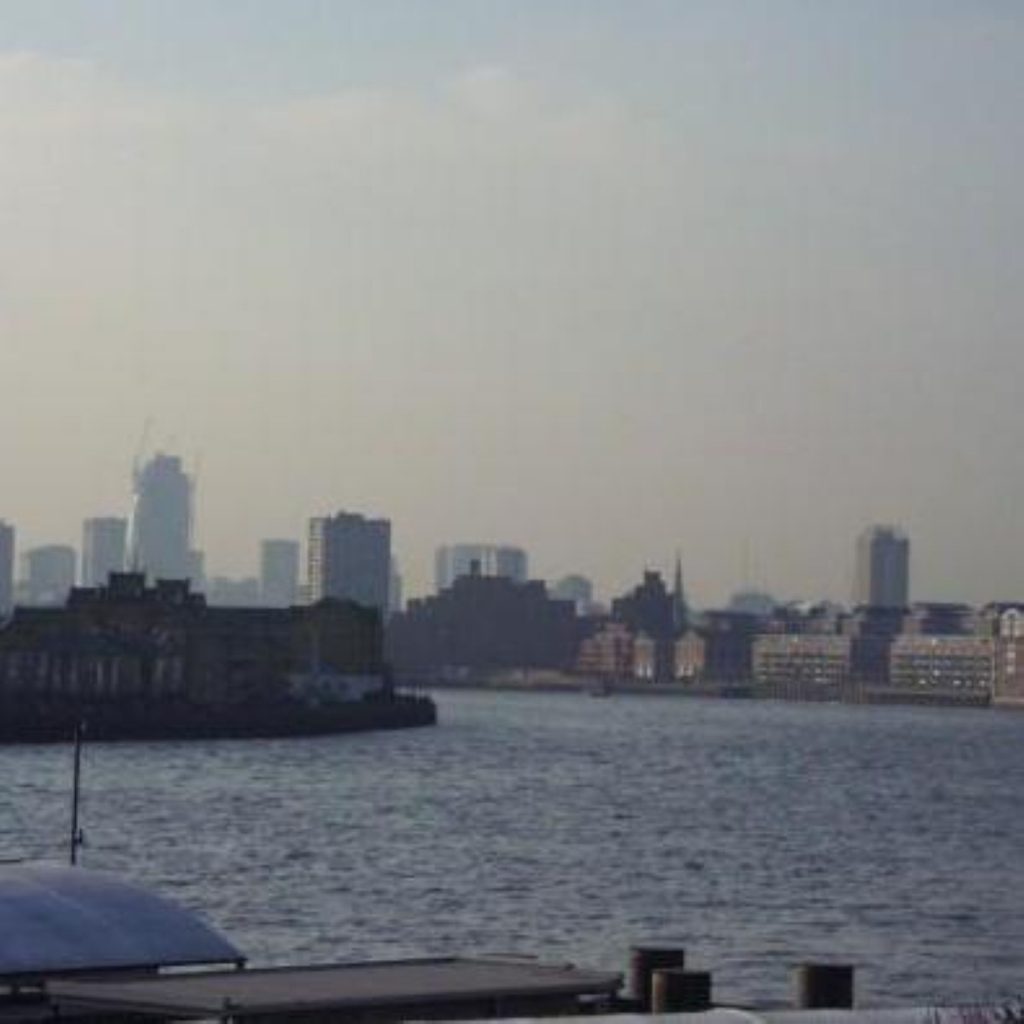Ministers set out vision for Thames Gateway
The government has set out how it plans to deliver the Thames Gateway project by 2016.
Housing minister Yvette Cooper and Gordon Brown today published the Thames Gateway Development Plan, outlining how £9 billion will be invested.
A number of government departments will contribute to the redevelopment of the Thames Gateway, which stretches for 40 miles from Canary Wharf along the fringes of Essex and Kent.
Ms Cooper said a number of projects will transform the Gateway – including Crossrail, the high speed rail link to Europe and the biggest deepwater port in Europe – but investment must still go further.


She said: “We have already achieved a great deal but we must raise our ambitions and go further and faster.
“We’ve now set out plans and money to do so – with a new eco-region offering a great quality of life for its inhabitants; with new educational opportunities and transport links as well as affordable homes; and with better training to equip the local workforce.”
Today’s document says investment must focus on boosting the local economy, improving the quality of life for residents and creating a new eco-region.
Investment will be ploughed into creating infrastructure for jobs, education, transport and affordable homes.
Ministers said today the number of jobs created will exceed initial estimates, forecasting 225,000 by 2016 rather than 180,000.
The government wants the Thames Gateway to be the UK’s first eco-region, complete with its own eco-quarter.
To complement new zero carbon homes, investment will be available to retrofit green improvements to existing homes and the government hopes targets can be set for water neutral and zero construction waste developments.
In further details announced today, £100 million will be pumped into 13 local transport schemes, £1.5 billion will be spent upgrading eight hospitals and 9,000 additional higher education places created.
Earlier this month MPs raised concerns the management of the Thames Gateway project.
A highly critical report from the Commons public accounts committee said the multi-million regeneration scheme risked becoming a “calamity”.









